Period pains are nothing new, and neither are innovative suggestions for how to deal with them. Delving into our collection of historical sources throws up some surprising ideas.
How to handle your period: ten pieces of (bad) advice from history
Alice White
- In pictures

Use a euphemism. Various terms were used in the past to discuss menstruation without being explicit. The term flowers was used for a very long time. 17th-century midwife Jane Sharp explained that the term came from the metaphor that fruit came after flowers; menstruation was a sign of fertility and babies might follow.
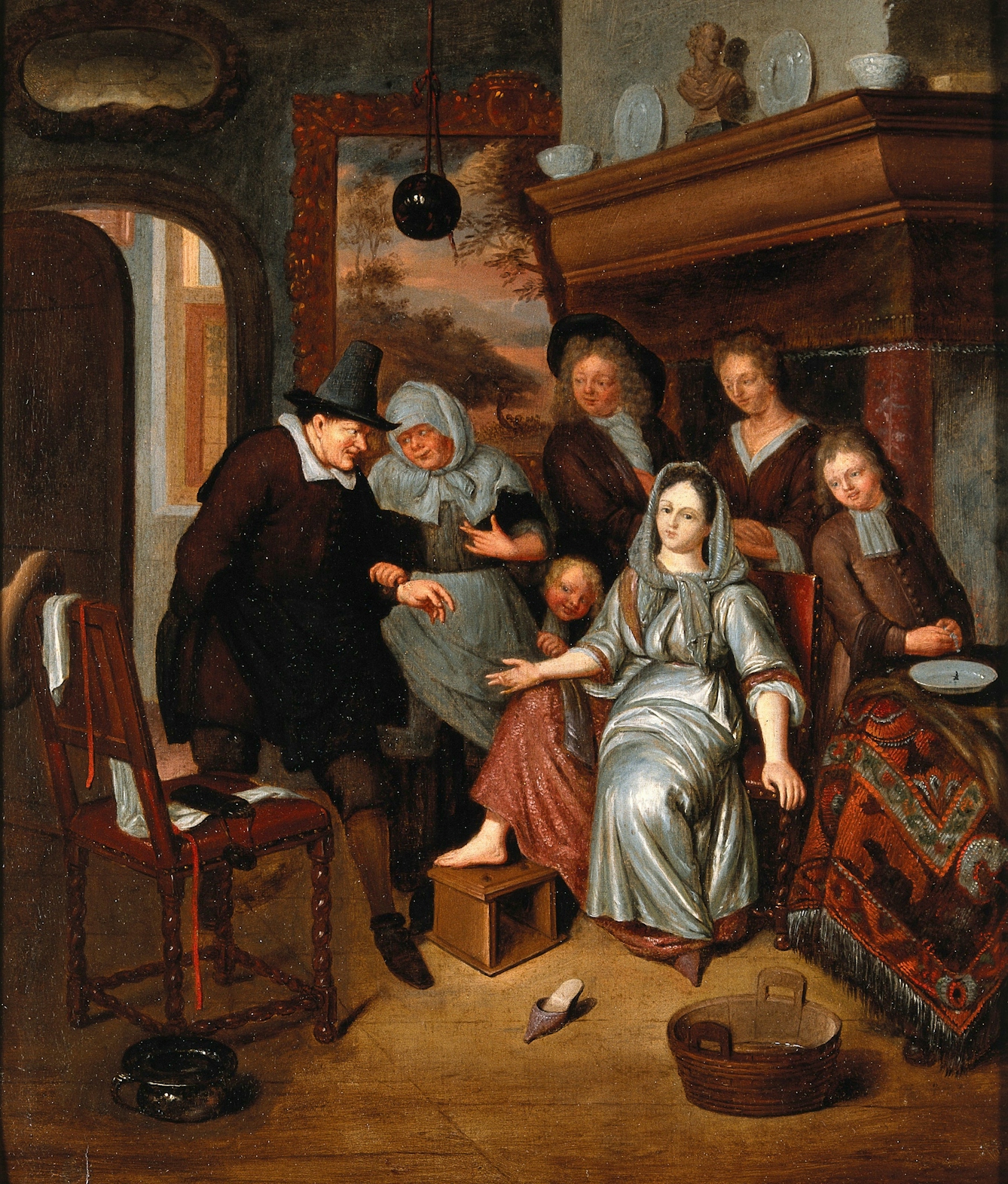
Have a barber let your blood…but make sure that you’re bled from the ankle! From ancient Greek physicians like Galen, right through to 18th century guides, bleeding from the ankle was recommended as a way to draw the blood down and encourage smooth flow during menstruation.
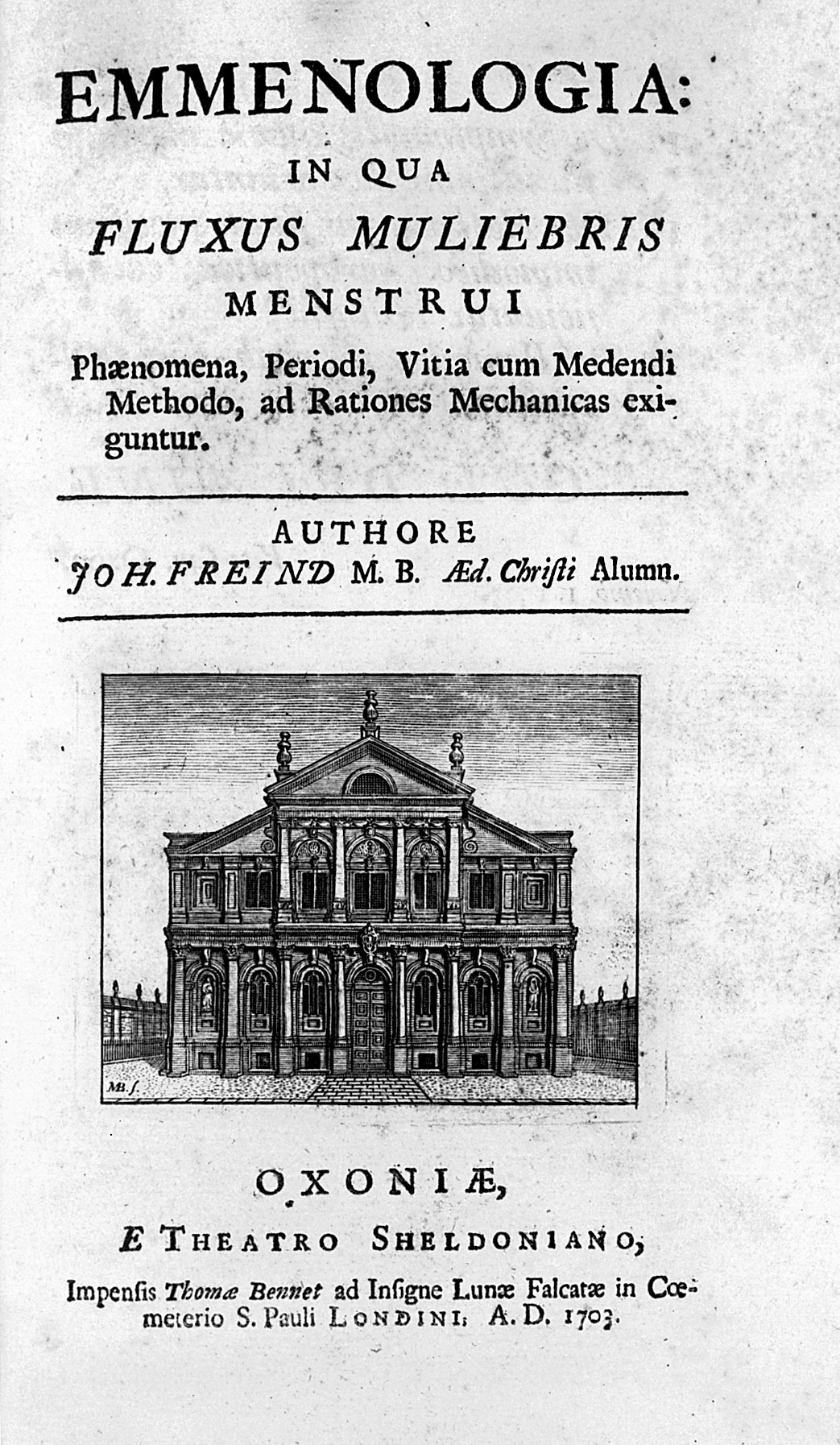
Don’t eat too much… or too little. Medics from the 18th century, such as John Freind, believed that periods were an important safety valve that allowed for excess blood to be released via the weakest part of the body – the uterus. They believed that eating too much would result in far too much blood and very heavy flow, and eating too little (in an effort to become fashionably pale and thin) would cause the blood to thicken and fail to come out.

Use the opportunity to rid yourself of unwanted suitors. Ancient Greek scholar Hypatia came up with the ingenious cure for unrequited love: to help a man get over her, she ‘muster’d a great bundle of her menstruous rags together and spread them all open before him’. He left her alone after that…
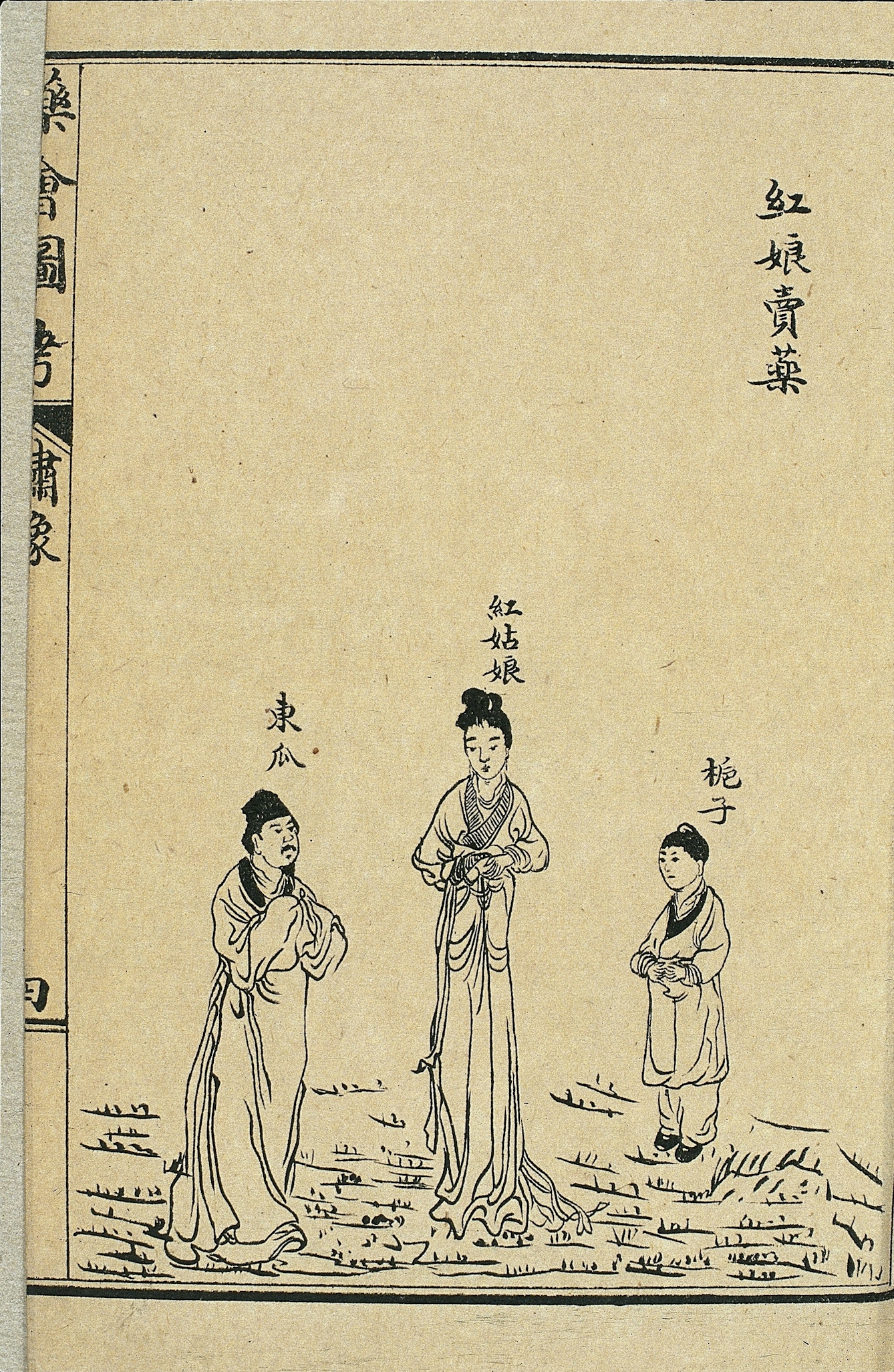
Drink yellow rice wine. The Yaohui tukao (Illustrated Congregation of Drugs) by Yufeng Tang zhuren, published in 1935 (the 24th year of the Republic of China) recommended that yellow rice wine would regulate menstruation and harmonise the blood.
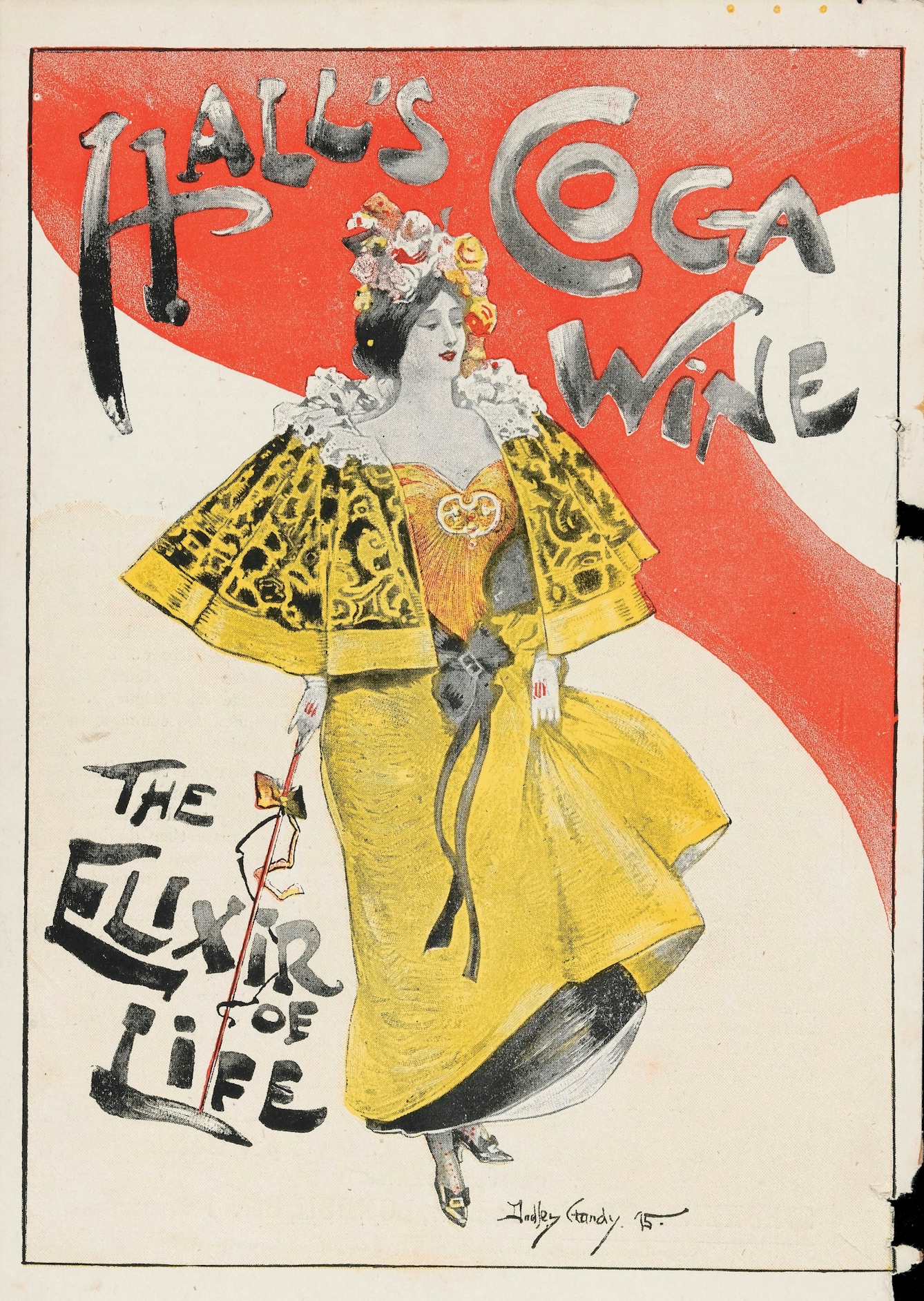
More wine! Plus cocaine! Hall’s Coca Wine was a tonic made from Erythroxylon Coca – a source of cocaine. It was particularly recommended for ‘sickness, so common to ladies’ and promised to have a ‘truly marvellous’ effect.
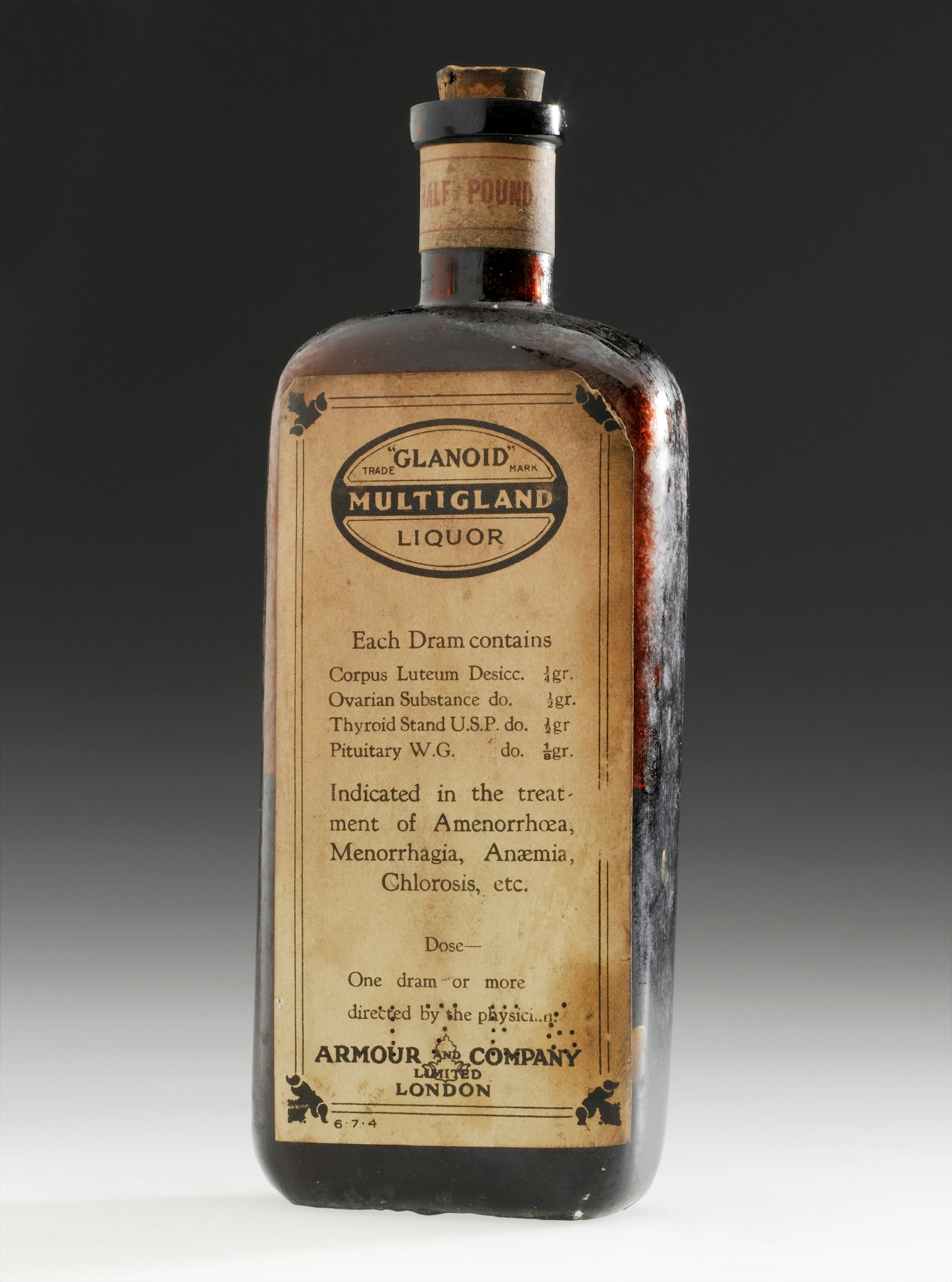
Take hormone supplements. The hormone supplement Glanoid was produced from 1867-1930 by a meat-packing business that sold a wide range of animal products, including this early hormone supplement. Glanoid was used to treat menstruation-related troubles such as anaemia, amenorrhoea, and menorrhagia.
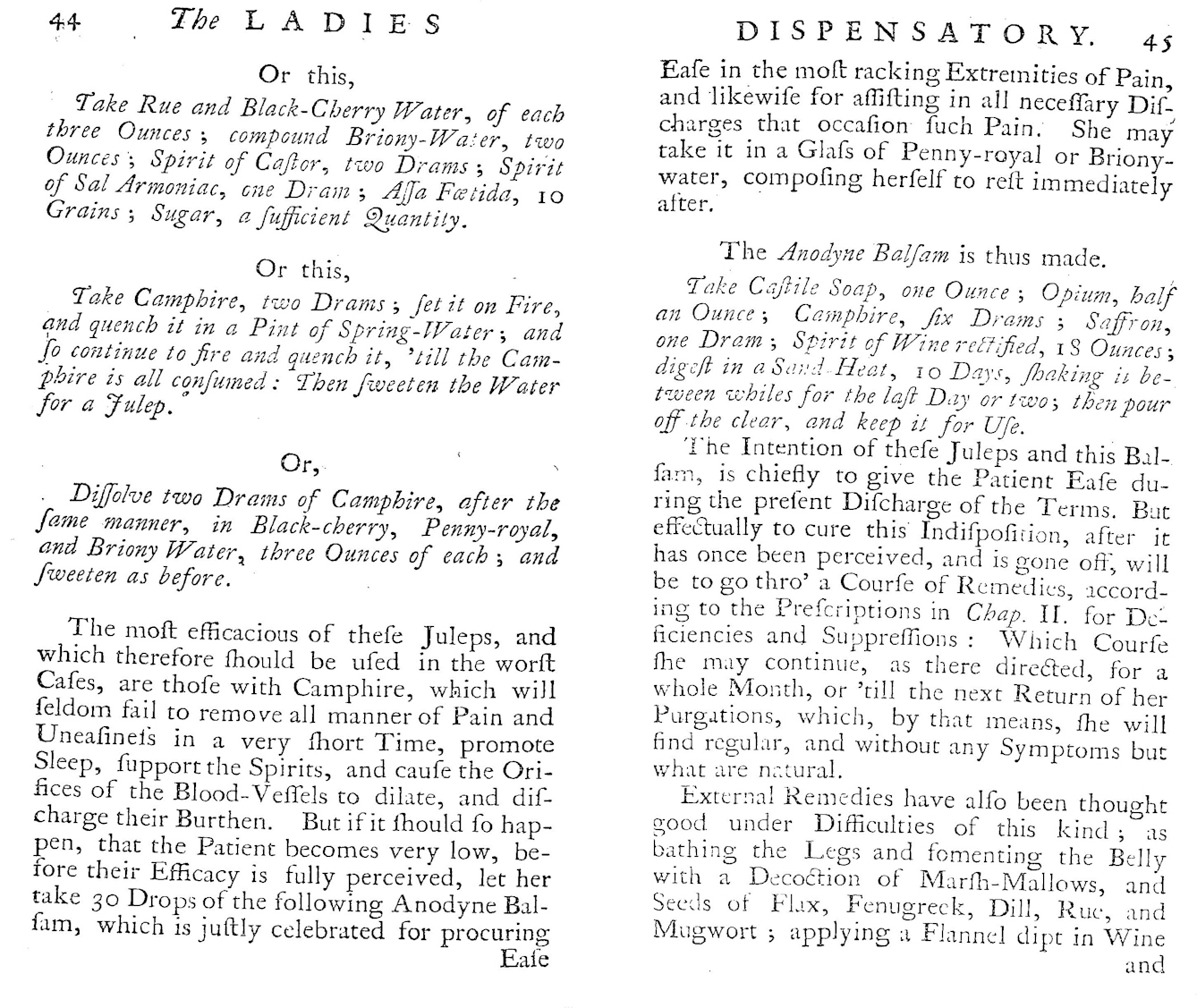
Sip on a “Hysteric Julep”. The Ladies Dispensatory of 1739 recommends taking a few spoonfuls of hysteric juleps every three or four hours to help with menstruation. Recipes included ingredients such as castor, black-cherry water, pennyroyal and camphire (henna), which was to be used in the worst cases to ‘remove all manner of pain and uneasiness… promote sleep, support the spirits, and cause the orifices of the blood vessels to dilate and discharge their burthen.’
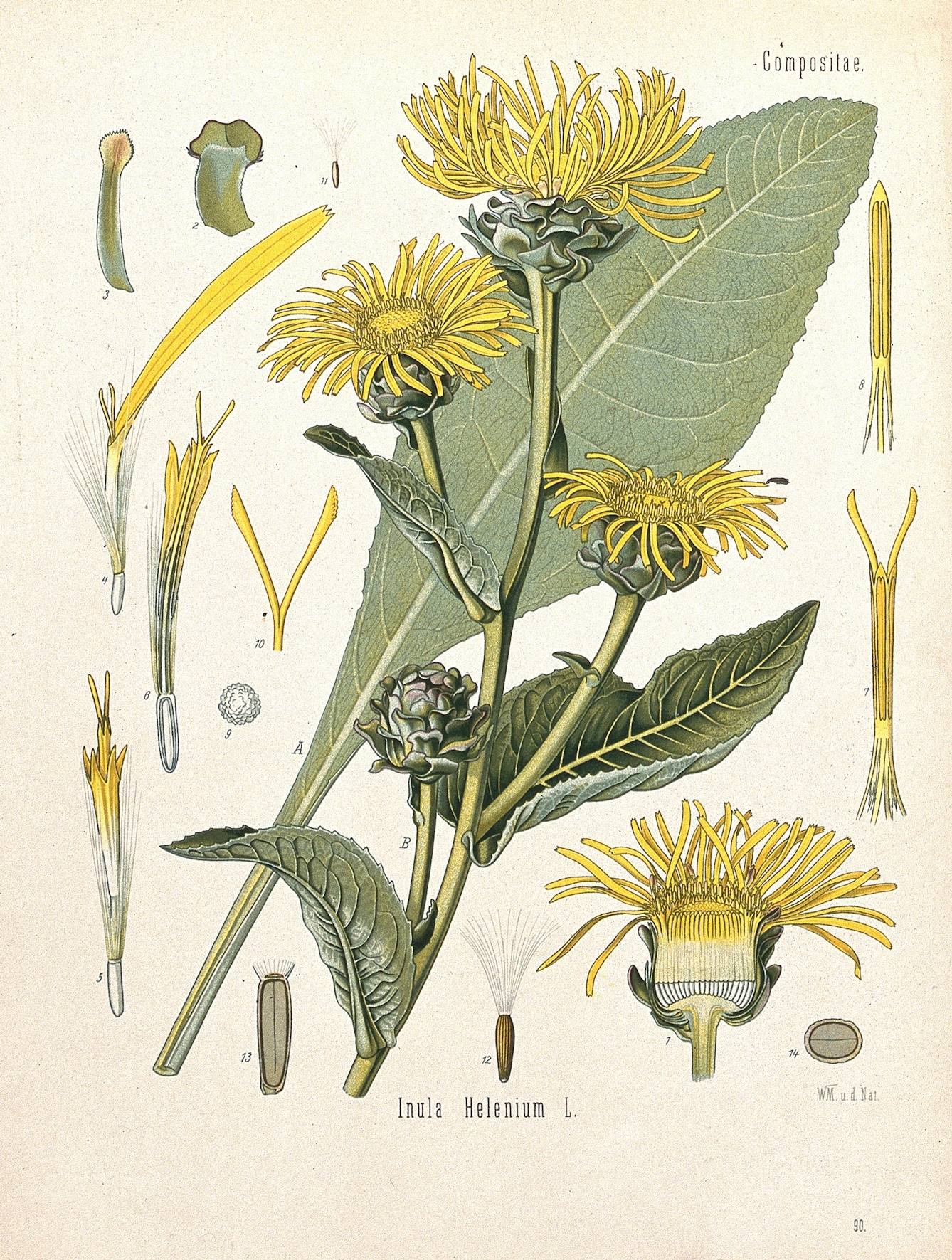
Use herbs to help. In 1657, botanist William Coles recommended the plant inula helenium (elecampane) for lots of conditions, especially purgation, wind, and menstruation. This recommendation was influenced by the ancient Greek Pedanius Dioscorides’ Materia Medica, an encyclopaedia so popular that it had never fallen out of circulation from the time it was written in around 70AD.
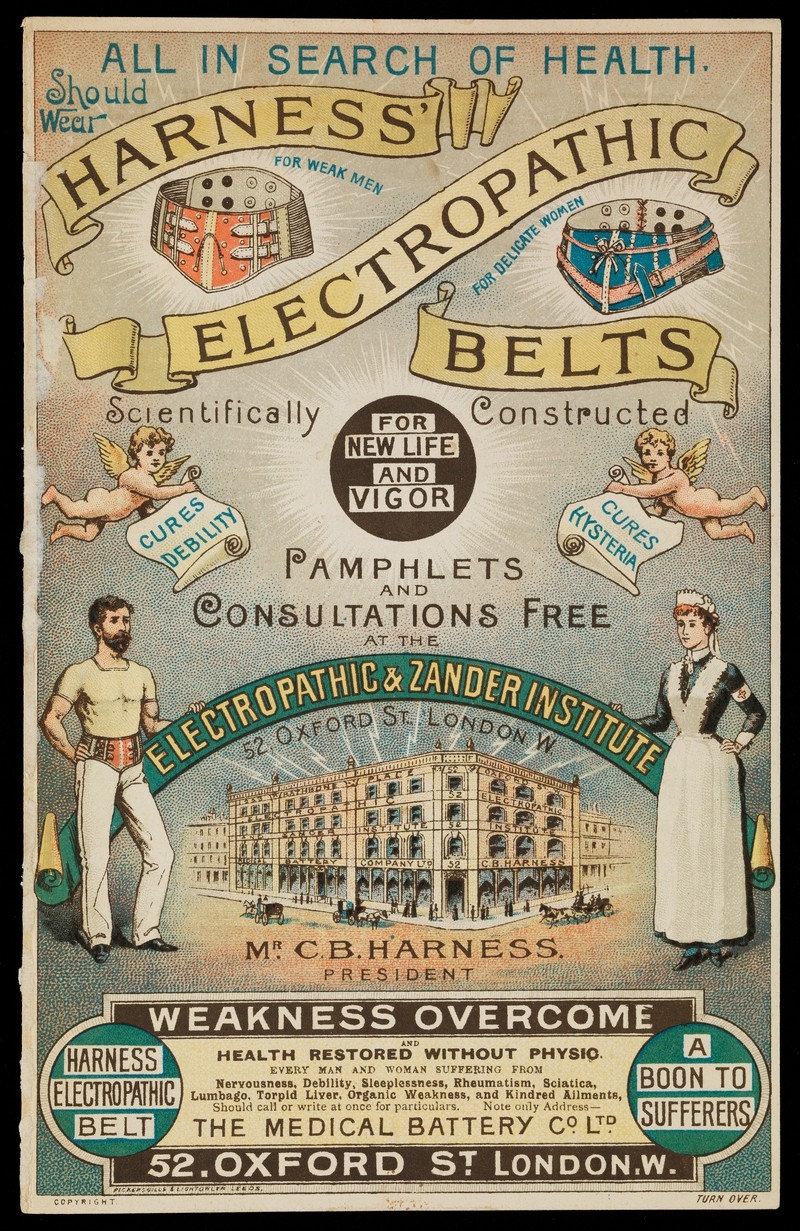
Wear an electropathic belt. The Medical Battery Company recommended the use of their belt for any number of conditions, including what they referred to as ladies’ ailments. Their advertisement from 1893 claimed that the contraption would ‘impart new life and vigour’.
About the contributors
Alice White
Alice is a digital editor and Wikimedian for Wellcome Collection. Before joining Wellcome, she researched frogs, moustaches, psychiatry in World War II, and British science-fiction fans.
